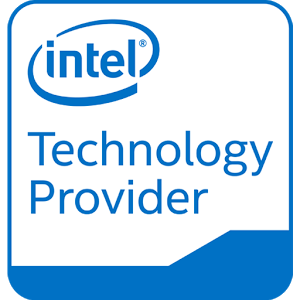Two questions to ask yourself when buying technology for the classroom
Many of us see the impact that advancing technology has in shaping the future of education. There was once a time when libraries were the main source of information and teaching computer practices to students was considered advanced. Those times are now long gone and computer skills are necessary assets in almost every aspect of schooling – from what the students are taught to how they’re taught it.
Not having the right technology can not only impact enrollment, but also the education of the students. Most schools cannot afford not provide up to date computers to their students. This may seem like a lot to ask from a school, especially when education is already underfunded. But what if I told you there is a light at the end of this tunnel. There are companies and institutions that will give money to sponsor the technology program in schools. There are also many resources on raising money for the technology programs. A school doesn’t need to replace their computers every time new technology comes out, but according to the needs and curriculum of the school.
A good example would be a school that offers courses in video editing and production. A school with this curriculum would need to stay on top of the latest software used for editing. Such software will require certain levels of performance from the hardware. If the older computer does not meet the requirements then the computer would need to be replaced, in order to run the new software.
Your average schools may not have the need to upgrade to the top of the line technology, but nevertheless preparing students for their career is their duty. Providing out dated tools will not fully prepare students for the future. There are two questions a school administrator or IT department should ask before upgrading.
How is the upgrade going to help the students and teachers?
There are administrators who just say; let’s buy the latest computers because our competition has done so. That is the wrong way of thinking, you need to first step back and create a plan. This plan should include how this new technology is going to help our students and teachers. As well as what do we expect the computers to do? The thinking behind asking these questions is to save money on potential hardware that will be over qualified for intended use. You don’t need an i7 processor to browse the internet.
Does the school have the right network for the upgrade?
Majority of schools have an outdated network that runs on old Wi-Fi technology, or on old routers and switches. Before you buy new network enabled devices make sure that your network is up to date and can handle the new traffic. If your network is outdated you need to first work on upgrading your network. If you don’t work on your network your new devices will not be able to achieve their full potential, and in some cases may become expensive word processing units.
Asking these questions is only a part of the process, when consider upgrading technology in your school. You should also consider asking a professional for advice. Choosing the right hardware for your needs is an important process, unless you wish to spend all of your money. If you buy the strongest processor, you may exceed the necessary performance. In which case, you are spending needless money on hardware that is over qualified for getting the job done. To avoid overspending, hire a company or an IT professional to help you with this process. There are companies out there who will have this service for a low rate or at no cost.






